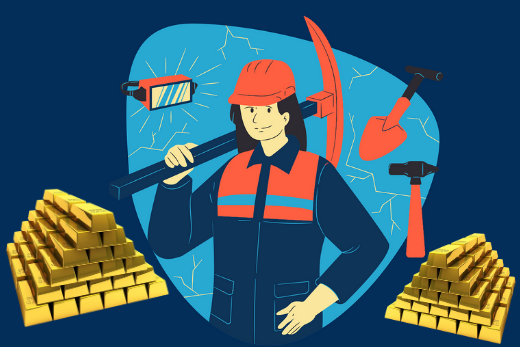Inspiration for Customer Experience (CX) excellence can come from the most unexpected places. As business leaders, we know that keeping an open mind and learning from every occurrence is crucial to improving our own practices.
Recently, I had an eye-opening experience that reinforced this lesson in a way I hadn’t anticipated.
After the holiday season, I found myself grappling with severe lower back pain, which escalated into a medical ordeal that spanned hospital stays, emergency surgeries, and a lengthy recovery.
While the pain was, without a doubt, overwhelming, it provided me with a unique opportunity to observe the healthcare system from the patient’s perspective—a perspective that offers valuable lessons for any business striving for customer experience excellence.
As CEOs and business owners, the insights I gleaned from this experience are not only relevant but essential. Let me share with you seven key lessons I learned during my hospital stay and how they can be applied to your business, especially when it comes to enhancing customer experience.
If you prefer to listen rather than read:
1. Introduce Yourself with Purpose
Every time a new nurse or doctor entered my hospital room, they introduced themselves and clearly stated their role in my care. This seemingly simple act built trust, creating a personal connection in an otherwise impersonal setting.
Business Application: In business, introductions shouldn’t be limited to names. Every team member should articulate their role and purpose in any customer interaction. This not only sets the stage for effective communication but also helps customers feel at ease.
Whether it’s a new client meeting, a sales call, or a routine service check-in, ensuring that your team introduces themselves with clarity and purpose can set the tone for a positive interaction. This small step can prevent unnecessary confusion and ensure that everyone involved knows their role in delivering value to the customer.
2. Acknowledge That You Know Me
Despite seeing different medical professionals throughout my stay, I never felt like I had to start over with my story. Each practitioner knew who I was and understood my situation. This continuity reassured me that my needs were understood and being managed properly.
Business Application: How often do customers feel like they have to start over when they interact with your business? Companies that invest in personalized experiences—whether through CRM systems, detailed customer records, or simply attentive staff—demonstrate a commitment to their customers’ needs.
According to Salesforce’s 2023 “State of the Connected Customer” report, 88% of customers expect companies to accelerate digital initiatives and personalization efforts. Every touchpoint in the customer journey must be informed by past interactions. When your customers feel known and valued, you’re far more likely to foster loyalty and trust.
3. Prioritize Comfort and Satisfaction
Each medical visit began with a simple question: “Are you comfortable?” It was an open invitation to share how I was feeling, which in turn helped the staff respond to my needs more … Click to continue reading








 Every time someone came to my room, they introduced themselves and explained why they were there. Over the course of the days I spent at the hospital and then the clinic, I saw many different doctors, nurses. cleaners, waiters etc. I appreciated that they themselves always started by introducing themselves and stating what their responsibility was in caring for me.
Every time someone came to my room, they introduced themselves and explained why they were there. Over the course of the days I spent at the hospital and then the clinic, I saw many different doctors, nurses. cleaners, waiters etc. I appreciated that they themselves always started by introducing themselves and stating what their responsibility was in caring for me.